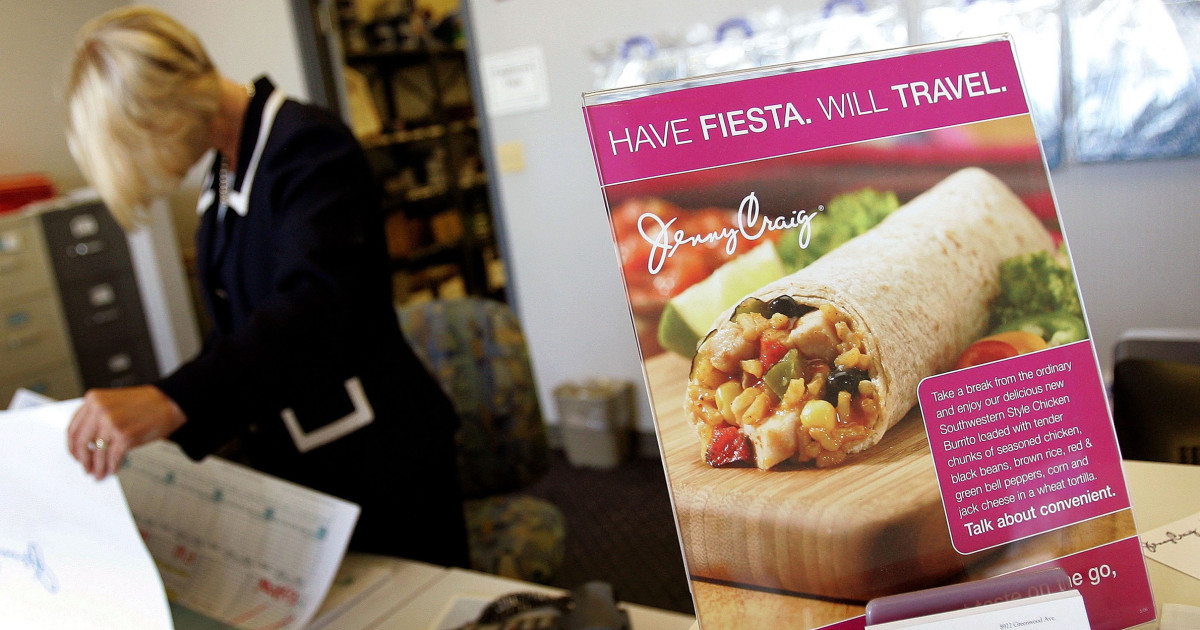#NASA spacecraft heading back to Earth after retrieving asteroid sample

“#NASA spacecraft heading back to Earth after retrieving asteroid sample”
NASA’s OSIRIS-REx spacecraft on Monday began its long journey back to Earth after collecting a sample from the asteroid Bennu.
The Origins, Spectral Interpretation, Resource Identification, Security, Regolith Explorer was NASA’s first spacecraft to visit an asteroid near Earth to bring back a sampling for scientists.
The spacecraft reached asteroid Bennue in 2018 and spent two years flying near and around it, before collecting rubble from the surface last fall. NASA said the mission will help unlock the secrets of our solar system.
Early last month, the OSIRIS-REx spacecraft made one final flyby of asteroid Bennu to take photos of the disturbance left by October’s sample collection. It will return to Earth with its precious 2-pound sample load on Sept. 24, 2023.
It will be the biggest cosmic haul for the US since the Apollo moon rocks. While NASA has returned comet dust and solar wind samples, this is the first time it’s gone after pieces of an asteroid. Japan has accomplished it twice but in tiny amounts.
Osiris-Rex was already nearly 200 miles from the solar-orbiting Bennu when it fired its main engines Monday afternoon for a fast, clean get-away.

NASA says that the spacecraft’s thrusters must change its velocity by 595 miles per hour for OSIRIS-REx’s path to intersect Earth and achieve a sample return from the Utah Test and Training Range.
The spacecraft’s return home will not be linear, according to NASA. The OSIRIS-REX will circle the sun twice, covering roughly 1.4 billion miles to catch up with Earth.
The solar-orbiting, carbon-rich asteroid is 182 million miles from Earth. By studying pieces of it, scientists hope to better understand how our solar system’s planets formed and how people should react if an asteroid endangers Earth.
The precious samples will be housed at a new lab under construction at NASA’s Johnson Space Center in Houston, already home to hundreds of pounds of lunar material collected by the 12 Apollo moonwalkers from 1969 to 1972.
Scientists initially thought the spacecraft stored 2 pounds of asteroid rubble, but more recently revised their estimate downward. They won’t know for certain how much is on board until the capsule is opened after touchdown.
If you liked the article, do not forget to share it with your friends. Follow us on Google News too, click on the star and choose us from your favorites.
For forums sites go to Forum.BuradaBiliyorum.Com
If you want to read more News articles, you can visit our News category.




